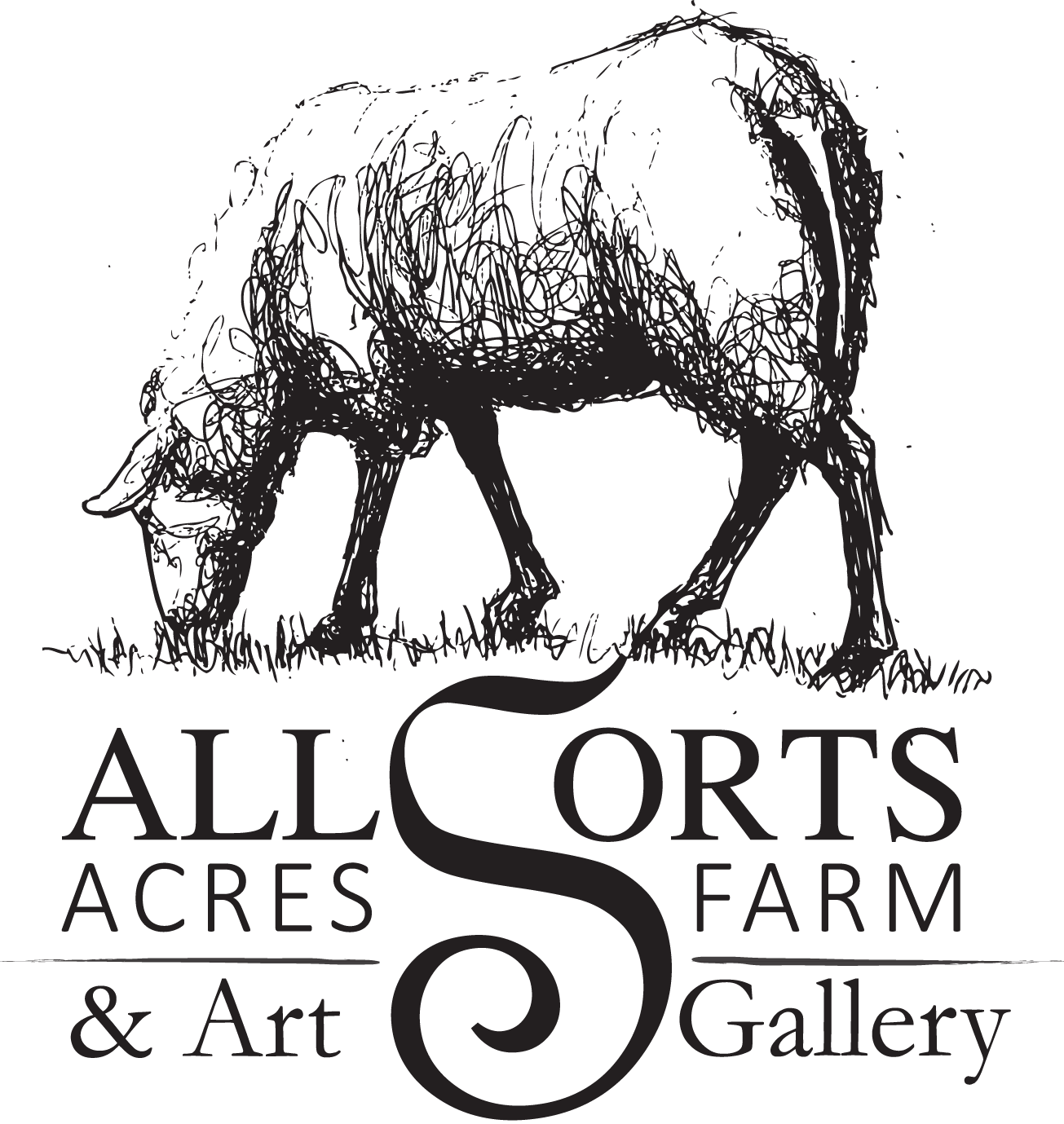Well, the past couple of weeks have been busy. We’re always busy, but the height of lambing is a special kind of busy. To make a long story short, we're focused managing the spring thaw, lambing, and the adventure of the upcoming season. It's pretty exciting. The long, drawn out version of the first part is below.
Between birthing, pulling, tubing, giving vitamin shots, moving sheep around, tagging, and so much more, there just isn’t time to do much else - as it should be. Truthfully, we’ve been lambing in fits and starts since the end of December, but when the lambs are concentrated in a short period of time, it can get a bit hectic. In past years almost all of our ewes lambed in the morning, ready for breakfast. This year has been a bit different. I don’t know why, but it has. I knew that there was a lambing wave on it’s way.

Sheep barns are unique in the sense that their infrastructure is very active. The layout of the barn changes depending on the time of year. Lambing season sees half a dozen lambing pens, or jugs, pop up using baling twine and wooden gate-like things. Often these gates are repaired using bits and pieces of wood as over the years they get broken, smashed, or just fall apart. In true farmer fashion a couple of screws and an off-cut goes a long way to making it last at least another year. Mums are kept in the pens between one and three days. this ensures that the bond between them is strong and that the lamb is moving around enough to keep up with her. It’s quite easy to tell if the lambs are ready. When they begin bouncing in the pen, they are good to have more space. They move from individual pens into the nursery. This is a space for new mums to get used to the idea that there are other lambs around and that she needs to really get to know who her lambs are. It can be very confusing for her to have different lambs coming at her trying to nurse. Some ewes get very flustered and refuse to let anyone nurse, including her own lambs. Spending a couple days in the nursery makes the ewe/lamb bond stronger and teaches the ewe how to deal with smaller numbers of lambs wanting to nurse.
Once lambing is finished, the pens come down and the milking ewe holding area is created. Milking once a day has begun already, the earliest we've ever started. Ewes and lambs are separated at night. Ewes are milked in the morning, then hang with their lambs for the day. This works for us. Each evening the milking ewes are separated, put in their own pen for the night ready for their morning milking.
The number of ewes separated overnight varies across the season. Early lambers often dry up earlier in the season, late lambers come on later, milking later. I try and have everyone dried off before Autumn so the ewes can gain good condition back before breeding and lambing again.
Once milking ends, the barn shifts again into breeding pens. Selected ewes are penned with specific rams so I have an idea of what to expect come lambing time.

At some point during the year the barn needs to be completely disassembled. All feeders, fencing, and barriers are removed, and over 2 days Tim cleans the barnout. Timing's important because the sheep want and need access tot he barn overnight. By sharing milk with the lambs, many tasks like this are made easier as milking can be skipped for a couple of days without harming the ewe or lamb.
Of course, this is all part of the rhythm our sheep farm. It's stays the same every year, but changes wildly throughout the year.

